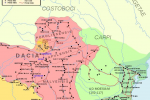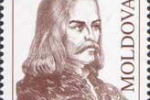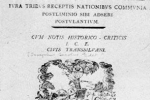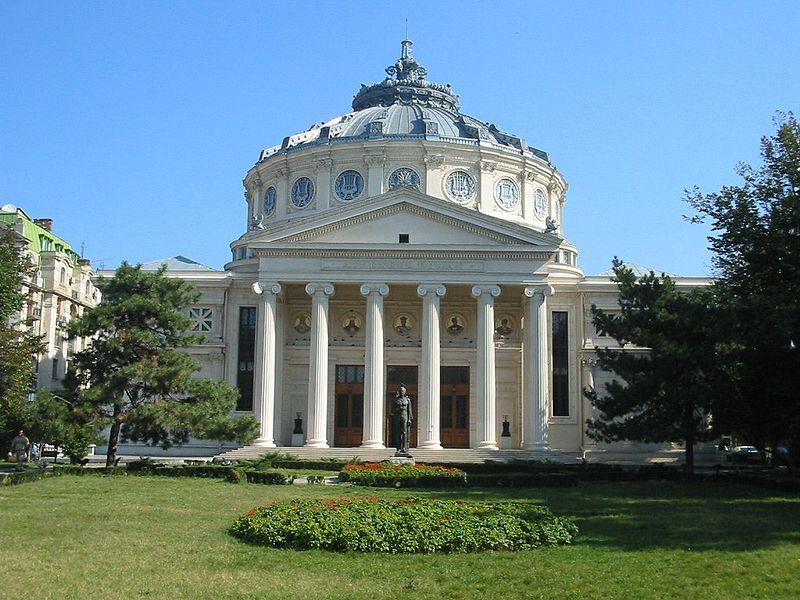The fall of communism in 1989 elated the cultural world, but the embarkment on the free market economy and the problems of the transition period has faced it with a tough experience. The discontinuation of state and political control of culture brought about the long dreamt freedom of expression, but along with it culture stopped to be state-subsidised, and was seriously affected by the side-effects of the incipient, still very imperfect free market economy and by the poor, inadequate material resources. Culture has had to cope with a variety of problems, one of them being a shift in the peoples interest towards other areas such as the press and television. The search for a new cultural policy, relying on decentralisation, seems to prevail now. People speak about a crisis of culture in this country, but if there is a crisis of culture, it is only at an institutional level.
After the fall of communism in 1989, there was an almost immediate explosion of publication of books previously censored by the regime. Books were published in huge numbers per edition, sales were high, and a great number of publishing houses appeared. However, this soon reached a saturation point, and publishing houses began to decline, due to a combination of bad management, a rapid decline in sales, and the absence of subsidies. Many closed after only a few titles published; some changed their profile and started editing commercial literature – mainly translations – and the state-owned publishers entered a “state of lethargy”. These last survived due to state financing, but their publishing activity diminished. Despite this, some publishing houses managed to survive and develop by implementing market policies, and also by increasing the quality and the general aspect of the books they published. Among the most notable contemporary Romanian publishers are Humanitas in Bucharest, Polirom in Iasi and Teora – the latter oriented toward technical topics and dictionaries. Some publishing houses developed their own chains or bookstores, and also other new, privately owned bookstore chains opened, replacing the old state owned ones.
Culturally oriented newsprint periodicals followed a similar trajectory of boom and bust. A few have survived and managed to raise their level of quality and to maintain a critical spirit despite the hardships they encountered. Dilema Veche (Old Dilemma) and Revista 22 (Magazine 22) remain respected forces in Romanian culture, with Observator Cultural a lesser, but also respected, weekly paper. Also, a state financed radio (Radio România Cultural) and a television channel (TVR Cultural) with a cultural programme exist, but they are not highly popular.
Many new young writers appeared, but due to financial constraints, only those who have gained a strong reputation could get the financial backing to publish their works. The Writers Association, which should, in principle, support these writers’ efforts, hasn’t undergone much change since 1989 and there is much controversy surrounding its activity and purpose. The most successful writers, like Mircea Cartarescu, Horia-Roman Patapievici, Andrei Ple?u, Gabriel Liiceanu and Mircea Dinescu, are respected personalities in Romanian life, but they have to devote some of their would-be writing time to other activities, mainly journalism. The ties with the Romanian diaspora are now very strong and even foreign-language Romanian writers like Andrei Codrescu (who now writes primarily in English) are very popular.
Romanian theatre also suffered from economic hardships, and its popularity decreased drastically due to the increased popularity of television and other entertainment venues. Some theatres survived due their prestige (and some continued subsidies); others survived through good management, investing in themselves and earning a steady audience through the high quality of their productions. Experimental or independent theatres appeared and are quite popular in university cities. Uniter – The Romanian Theatres Association – gives yearly awards to the best performances. Some of the most critically acclaimed directors in contemporary Romania are Silviu Purcarete, Mihai Maniutiu, Tompa Gabor, Alexandru Dabija and Alexandru Darie. Also, among the most appreciated actors, both from the new and old generation, one can name Stefan Iordache, Victor Rebenciuc, Maia Morgenstern, Marcel Iures, Horatiu Malaele, Ion Caramitru, Mircea Diaconu, Marius Chivu and others.
Due to the lack of funds, Romanian film-making suffered heavily in the 1990s; even now, as of 2005, a lot of controversy surrounds state aid for movies. Well known directors such as Dan Pita and Lucian Pintilie have had a certain degree of continued success, and younger directors such as Nae Caranfil and Cristi Puiu have become highly respected. Caranfil’s film Filantropica and Puiu’s The Death of Mr. Lazarescu were extremely well received and gained awards at international festivals in Paris and Cannes. Beside domestic production, Romania became a favorite destination for international producer due to the low cost of filming there, and big investments have been made in large studios.
The number of cultural events held yearly in Romania increased in the last years. Some sporadic events like the “2005 Bucharest CowParade” have been well received and yearly events and festivals have continually attracted interest. Very popular are medieval festivals in cities in Transylvania, which combine street theatre with music and battles reenactment to create a very lively atmosphere. In theatre, a yearly National Festival takes place, and one of the most important international theatre festivals is the “The Sibiu Theatre Festival” while in filmmaking, the “TIFF” Film Festival in Cluj, the “Dakino” Film Festival in Bucharest and the “Anonimul” Film Festival in the Danube Delta have an ever stronger international presence. In music, the most important event is the “George Enescu” Classical Music Festival but also festivals like “Jeunesses Musicales” International Festival and Jazz festivals in Sibiu and Bucharest are appreciated. An important event took place in 2007 when the city of Sibiu was, along with Luxembourg, the European Capital of Culture.
Related Listing
-

Culture of Romania
Romania has a unique culture, which is the product of its geography and of its distinct historical ...
-

The Middle Ages
Until the 14th century, small states (rom. voievodate) were spread across the territory of ...
-

Classical age
In Transylvania, although they formed a majority of the population, Romanians were merely seen as a ...










Recent Reviews